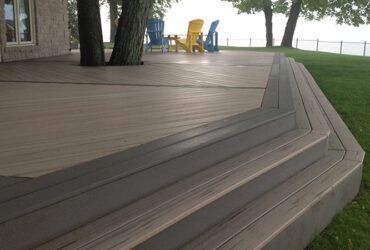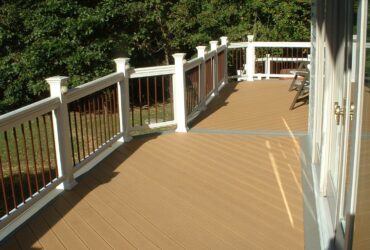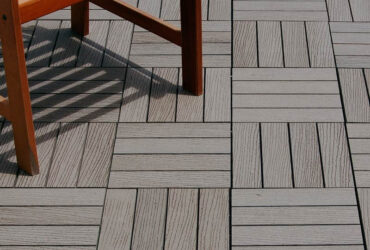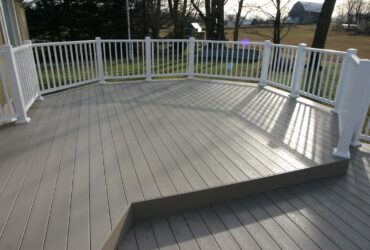Research Progress On The Functionality Of Co-extruded Wood-plastic Composites (1)
Compared with traditional wood-plastic composite materials, obtaining better performance is a hot topic in the research and development of new co-extruded wood-plastic products. Co-extruded wood-plastic composite materials improve the overall performance of the material and prolong the service life through surface coating, especially adding light stabilizers, flame retardants, etc. to the surface to obtain more functional or more economical and applicable products.
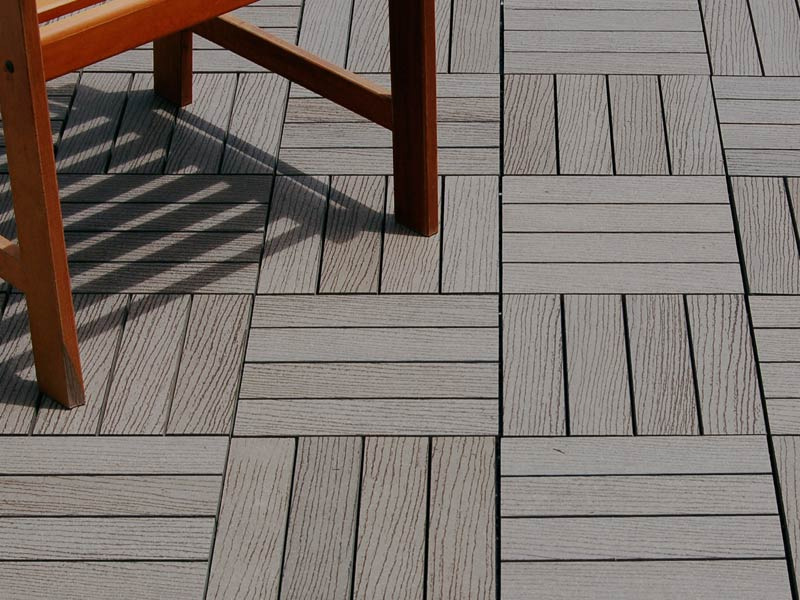
Anti-water absorption
The environmental friendliness and low-cost advantages brought by high proportion of wood powder filling are the development direction pursued by traditional wood-plastic composite materials research and producers. However, wood fibers contain a large amount of hydroxyl groups and are extremely water-absorbent. The high water absorption caused by high proportion of wood flour filling is always difficult to overcome, resulting in many problems such as water-absorbing deformation, strength reduction, and freeze-thaw cracking of the material. Co-extrusion technology has brought new ideas to solve this problem. The water absorption resistance of co-extruded wood-plastic composite materials is significantly better than that of non-co-extruded wood-plastic composite materials.
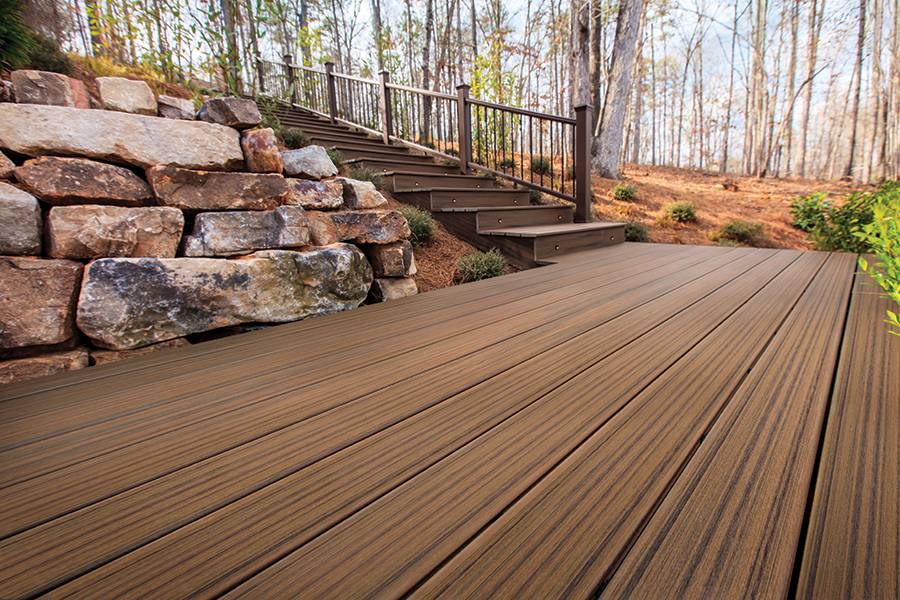
The study found that the water absorption rate of co-extruded wood-plastic composite materials is 1/4 of that of non-co-extruded wood-plastic composite materials, and the thickness expansion rate of water absorption is 1/6;The thickness of the co-extruded layer is different, and the water absorption rate and water-absorbed thickness expansion rate of the co-extruded material have no significant difference;Adding wood powder (5% to 35%) to the co-extruded surface layer will increase the water absorption of the material but has limited impact on dimensional stability.It is also found that in the case of high wood powder filling (60% to 70%) in the core layer, a small amount of wood powder (less than 20%) is added to the co-extruded surface layer,The water absorption rate and thickness expansion rate of co-extruded wood-plastic composites did not change significantly, and were far lower than those of non-co-extruded wood-plastic composites.The study found that in the case of high wood powder filling in the core layer (67% wood powder content), the water absorption rate of the co-extruded wood-plastic composite material is 1/3 of that of the non-co-extruded wood-plastic composite material,However, the water absorption thickness expansion rate of co-extruded wood-plastic materials is significantly greater than that of non-co-extruded wood-plastic composite materials, which is different from the results of the aforementioned researchers.
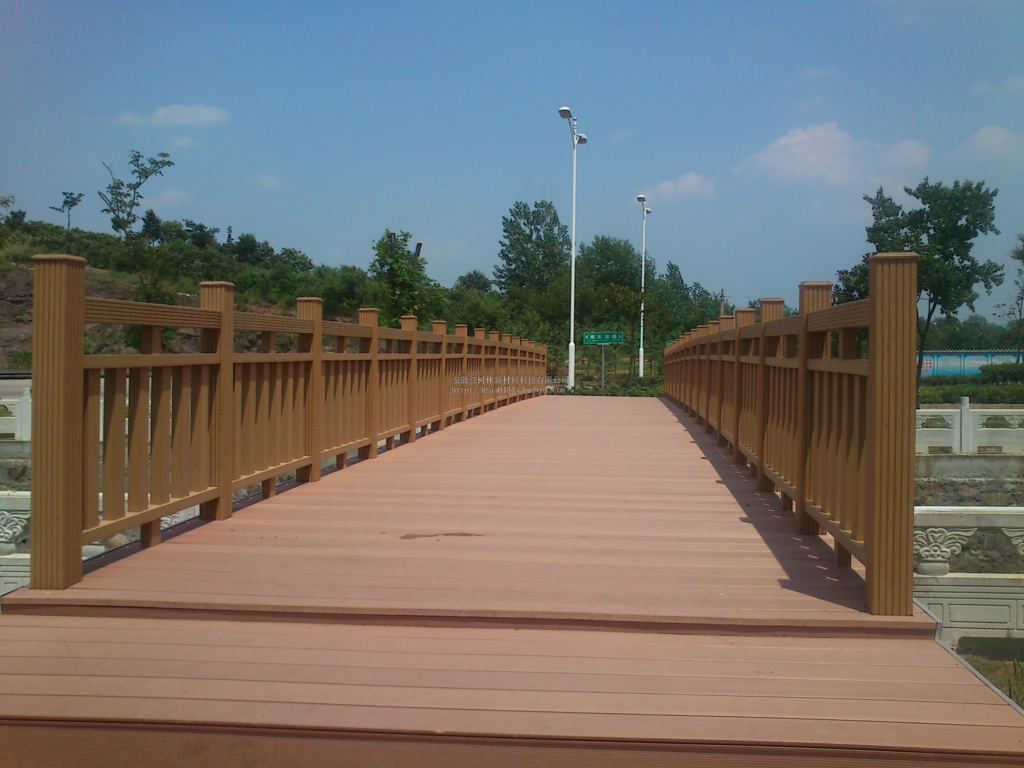
The effects of core layers with different strengths (same plastic content, but using recycled plastic or virgin plastic) on the water absorption and water absorption thickness expansion of co-extruded wood-plastic composites were comparatively studied. The study found that the co-extruded wood-plastic composites with higher strength core layer exhibited stronger water absorption resistance and lower thickness expansion rate, mainly due to the better wood/plastic interface compatibility of the new plastic.
Relatest Post
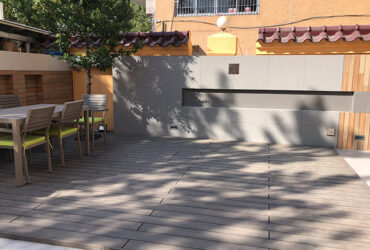
Application of Coupling Agents in Waste Wood-plastic Composite Materials
Details icon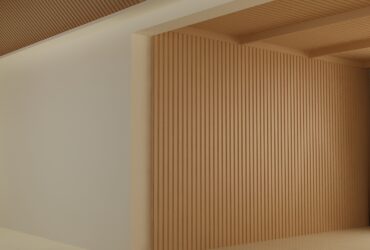
Design And Production Conditions Of Wood Plastic Landscape Guardrail Deck Products (2)
Details icon